- Beautiful pagodas in Ca Mau city
- Explore the ancient temple in Ca Mau
- Impressive temple on top of Linh Quy mountain
- A temple receives a film production record
During the resistance war, many fierce enemy raids took place in the Mekong Delta. In the midst of the fire and bombs, pagodas such as Nam Nha ( Can Tho City), Giac Hoa (Ca Mau) quietly hid revolutionary cadres, organized many secret meetings, transmitted messages, supplied food, medicine... making an important contribution to the liberation of the South and the reunification of the country. Many abbots, monks, nuns, and Buddhists were not only practitioners but also true revolutionary soldiers. The pagoda became a place to transmit messages, hide documents, and care for wounded soldiers during enemy raids.
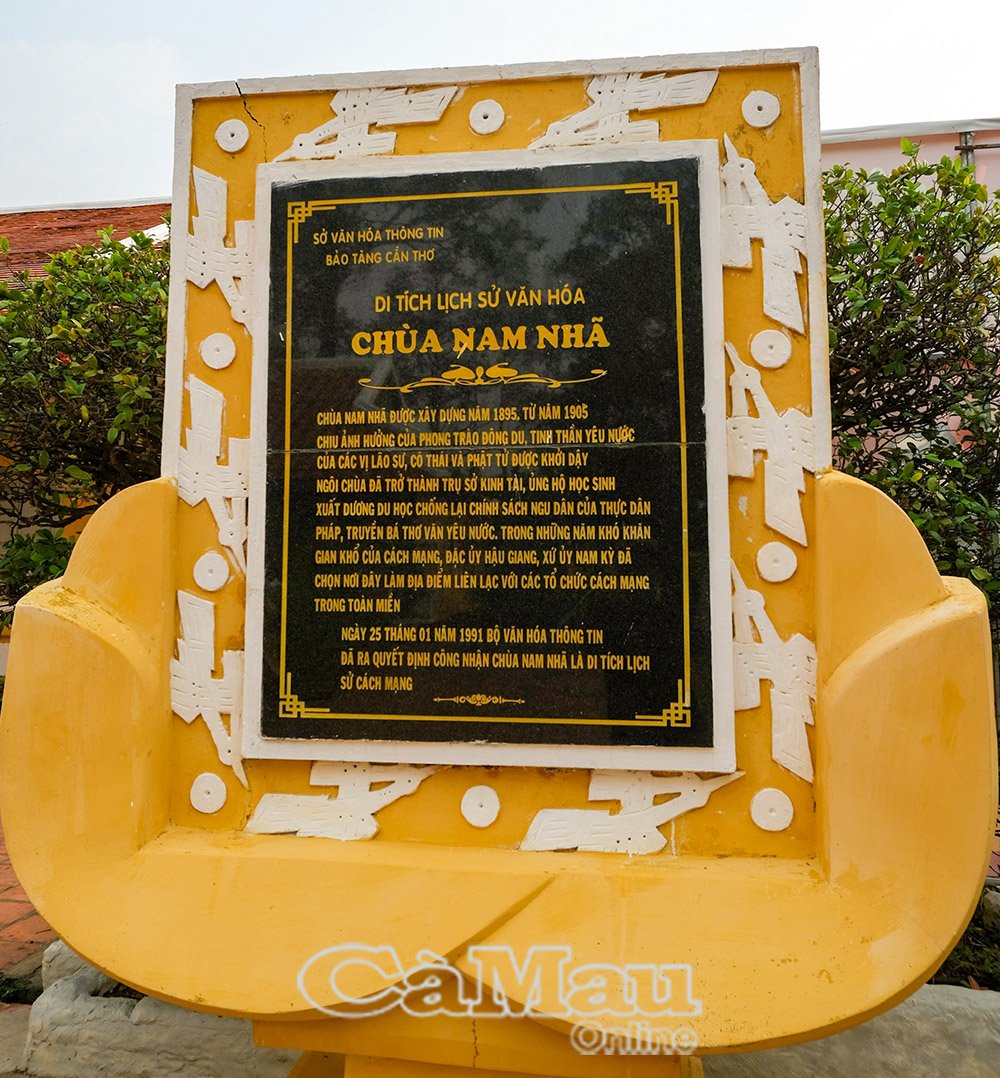
Nam Nha Pagoda was built by Mr. Nguyen Giac Nguyen in 1895, and was the headquarters of the Dong Du movement in Can Tho. Here, in February 1913, after returning from France, patriotic scholar Cuong De and Mr. Nguyen Giac Nguyen carried out the patriotic movement in the South, and were discovered by the French colonialists. However, this place continued to be a secret base for revolutionary activities. In 1929, when the Hau Giang Communist Party's Special Committee was established in Binh Thuy, Nam Nha Pagoda was the base of communication between the Hau Giang Special Committee and the Southern Regional Committee of the revolutionaries, including comrade Ngo Gia Tu, Secretary of the Provisional Executive Committee of the Southern Party Committee.
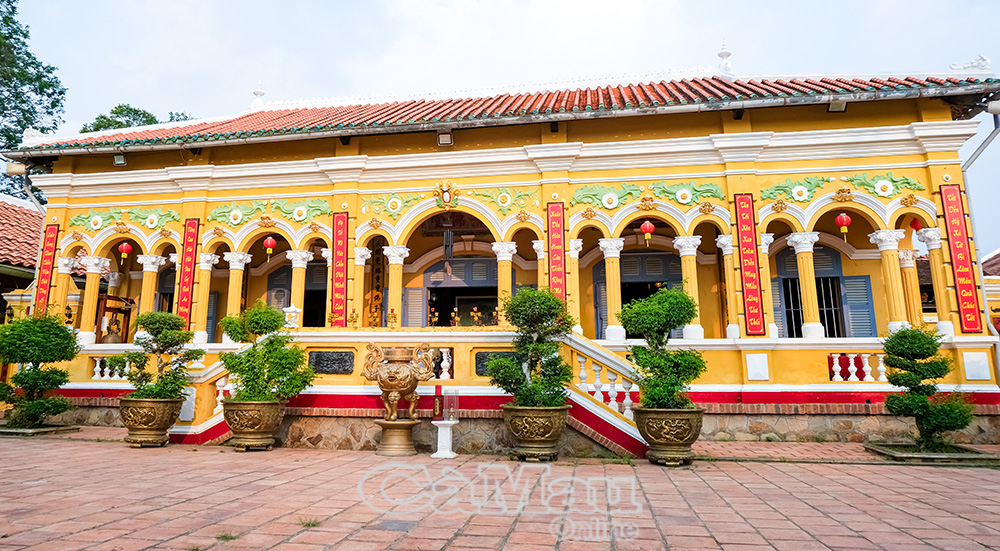
Also a pagoda bearing the colors of two Eastern and Western cultures, Giac Hoa Pagoda is one of the first Buddhist institutions in the South. The pagoda was founded by Buddhist nun Dieu Ngoc (real name Huynh Thi Ngo) in 1919. In 1945, responding to President Ho Chi Minh's call for "rice jars to feed the army", Buddhist nun Dieu Ngoc supported the revolution with 2,000 bushels of rice. In 1946, the French invaders returned to invade our country, carrying out many brutal repressions and terror against revolutionary movements and those suspected of being Viet Minh. During this time, Giac Hoa Pagoda was a safe haven for victims. With the spirit of Buddhism always being closely linked to the nation, besides propagating Buddhism, Giac Hoa Pagoda was also a place to hide revolutionary cadres and patriotic soldiers, and was one of the Buddhist institutions that contributed to the two periods of resistance against foreign invaders.
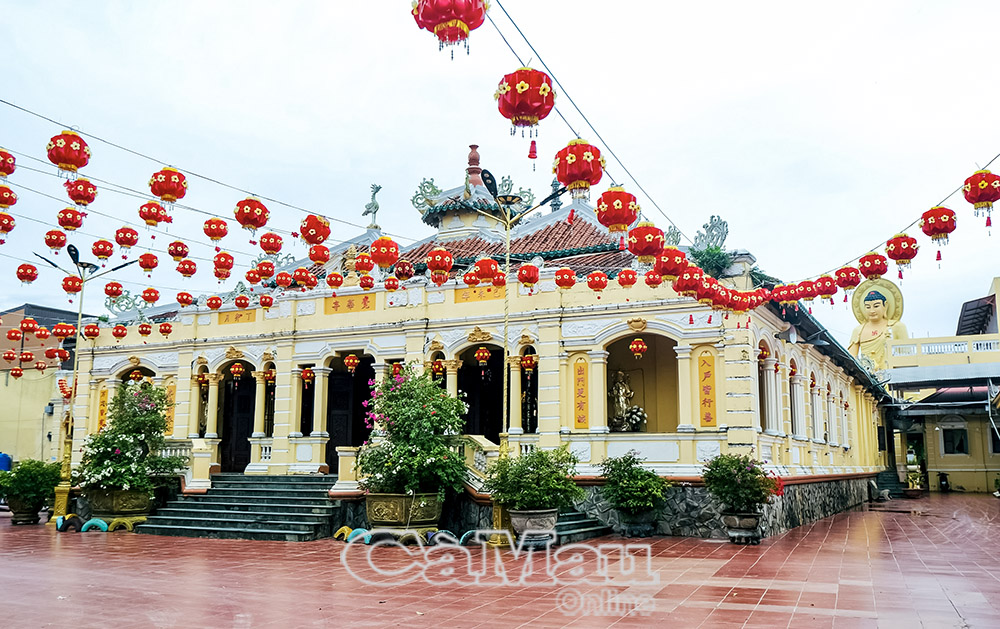
In peacetime, those pagodas remain silent, the bells still ring, and incense smoke spreads. And hidden behind the simple, serene appearance are indomitable revolutionary traditions, eloquent historical witnesses of a painful but heroic time. The hearts of the abbots and Buddhists are not only compassionate but also have a strong patriotism, closely connected with the revolution, contributing to the cause of liberating the homeland.
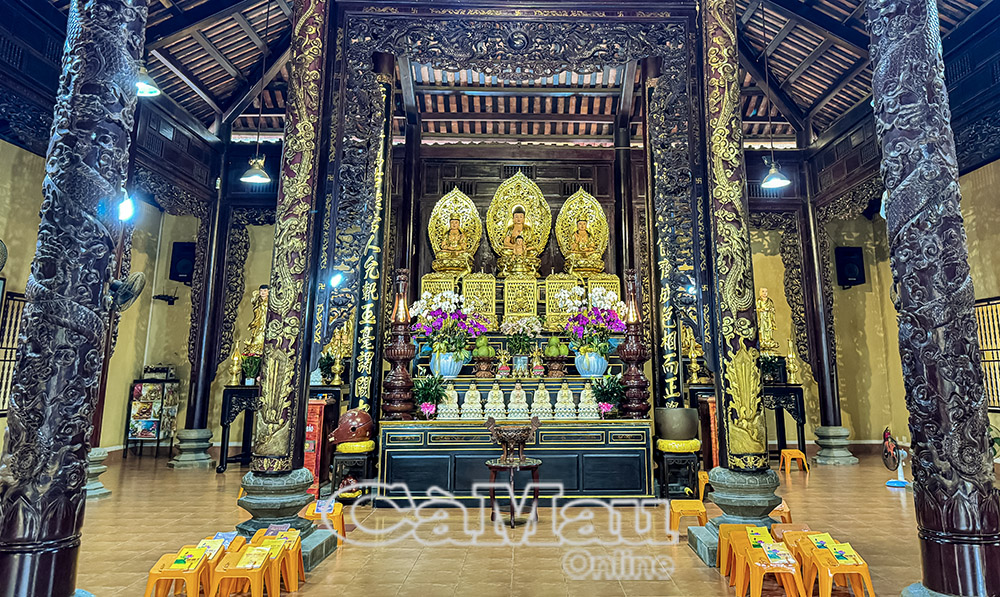
Nowadays, many pagodas are recognized as provincial and national historical relics, and are being restored and preserved, not only as places of religious worship but also as red addresses to educate patriotism and national pride for the young generation./.
Huu Nghia
Source: https://baocamau.vn/nhung-mai-chua-nuoi-duong-ngon-lua-cach-mang-a122254.html



![[Photo] Binh Trieu 1 Bridge has been completed, raised by 1.1m, and will open to traffic at the end of November.](https://vphoto.vietnam.vn/thumb/1200x675/vietnam/resource/IMAGE/2025/10/2/a6549e2a3b5848a1ba76a1ded6141fae)




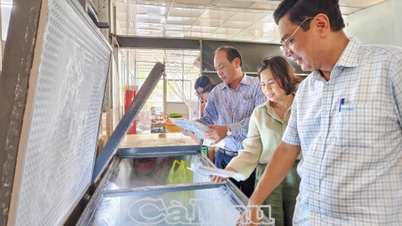
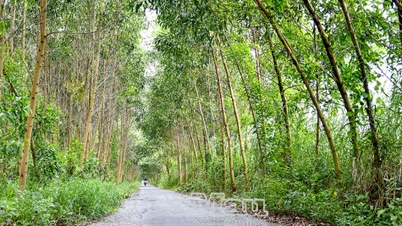
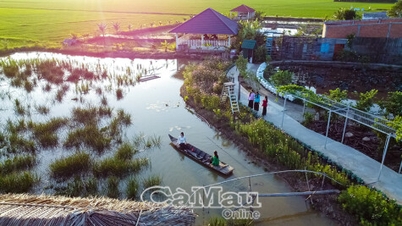
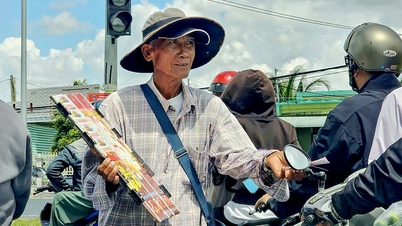

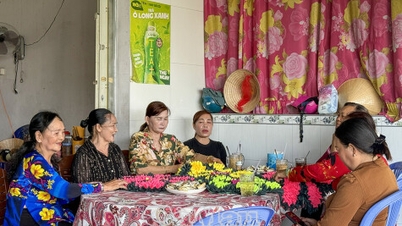
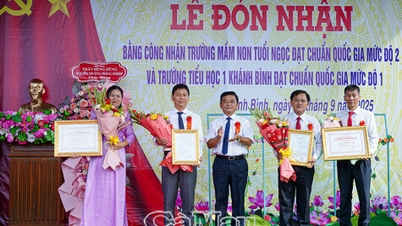
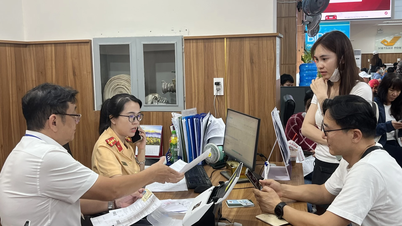

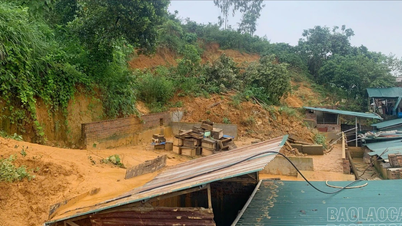



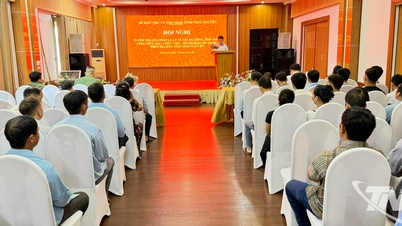



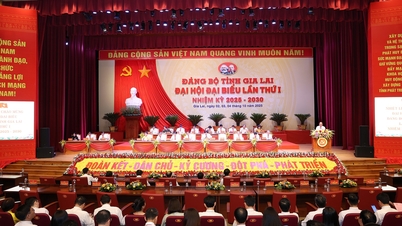





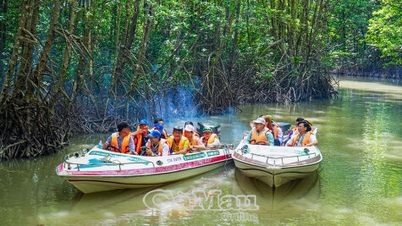
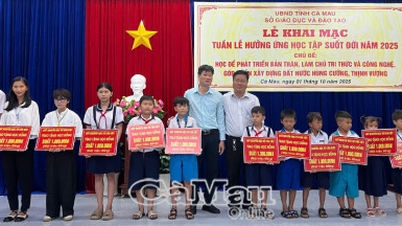
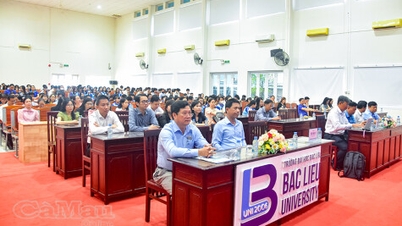
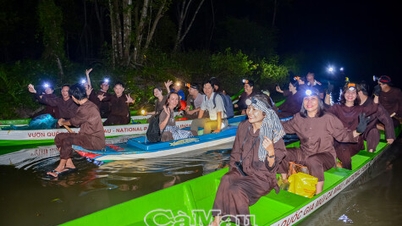
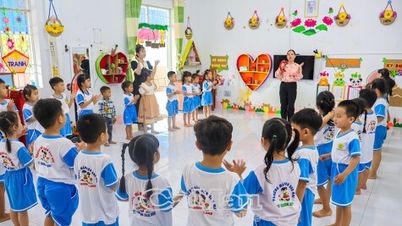















































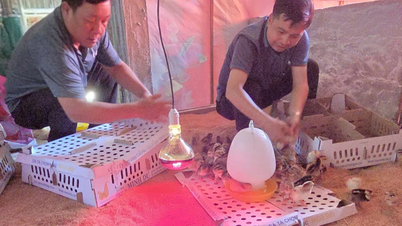
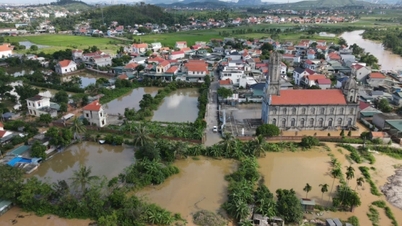
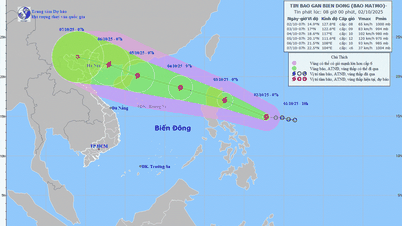
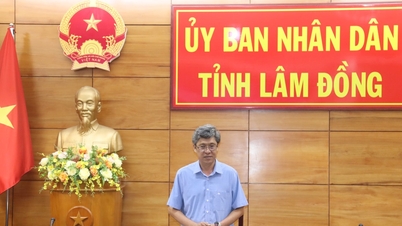

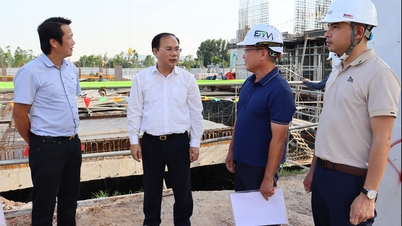















Comment (0)